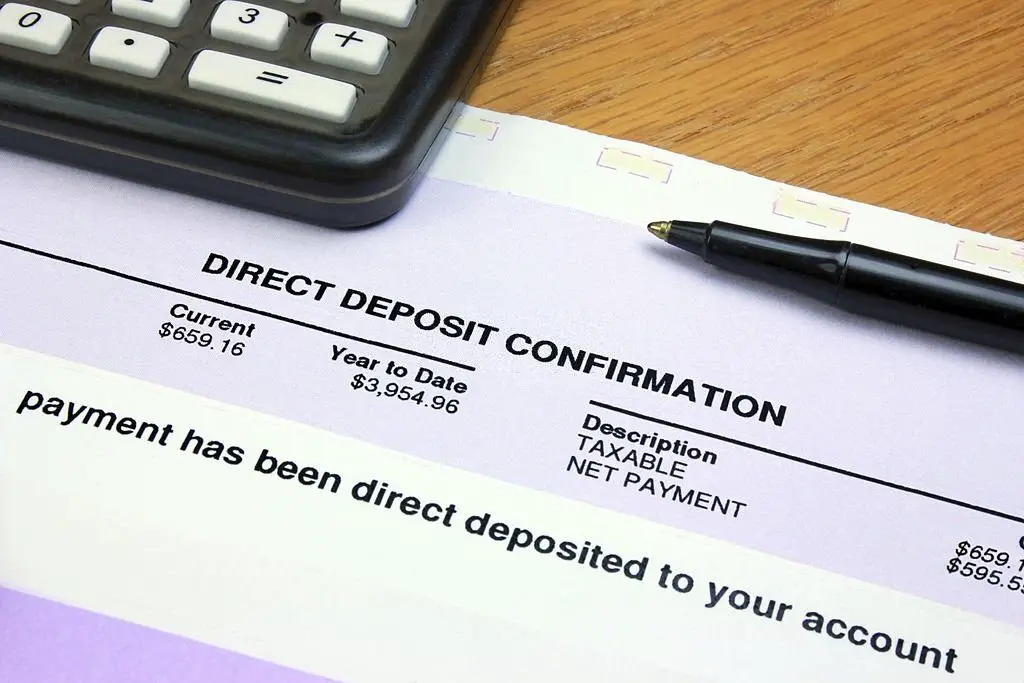
There are different methods to pay alimony after a divorce or other legal proceeding that requires you to make spousal support (or “alimony”) payments, it can be difficult to know how and when to do so.
There are many ways to make those payments — with some being better than others. There is no one correct method of paying alimony because each person will have different needs depending on their circumstances.
But there are general guidelines for choosing between these methods. The goal here is not to give specific instructions but rather to provide guidance on which options might work best for your situation.
How to Pay Alimony
In most cases, alimony is paid periodically, mostly monthly. But in some cases, the methods to pay alimony could be ordered to be paid as a lump sum to the recipient. This could be by means of property transfer or periodic cash payment.
Here are common approaches to making alimony payments.
Direct Deposit Alimony Payments

Direct Deposit Alimony Payments
Some paying spouses may choose to make payments straight to their ex-spouse on their own. Because no one else is keeping track of these payments like in the other options, you must keep thorough and complete records of each payment.
If you use this method to pay spousal support, you must be able to establish and show proof on request that you are current on your spousal support payments if there is any doubt.
If the payer moves jobs, he must notify his new employer of the alimony payment he must make. If he fails to do that and the recipient is not getting paid, a contempt motion could be filed against him.
Lump-Sum Alimony Buyout
In this method of alimony payment, the couple can agree to a settlement in which the recipient spouse receives a larger portion of the assets—or just cash—in exchange for surrendering any right to ongoing maintenance.
The spouses calculate the split by calculating the amount of alimony the payee spouse would receive overtime and discounting it to its present value. Instead of getting $4,000 per month for ten years or 120 months totaling $480,000, the payer could offer the recipient a discounted present value lump sum payment upfront.
A lump-sum alimony payment has a number of advantages. Financial transactions are completed for the paying spouse. The money is given to the payor in one lump sum, and any future earnings are his or hers to spend as he or she pleases.

Lump-Sum Alimony Buyout
Furthermore, the payor spouse is relieved of the responsibility of purchasing a life insurance policy to ensure that alimony is paid if he or she dies before the alimony period ends. In contrast, paying in a lump sum upfront can be seen as a non-taxable equitable distribution rather than tax-deductible alimony.
Also, if the recipient spouse is likely to start a relationship or marry within a short period of time, a lump sum payment could be a fortune, as this method of paying alimony would end upon marriage or cohabitation.
The benefit of a lump sum payment for the receiving spouse is that they are no longer financially connected to their ex-spouse. The recipient is free to start a new relationship or even marry at any moment without losing the initial payment.
The payee spouse does not have to be concerned about timely payments or whether their ex-spouse would try to change the amount of alimony due to new conditions.
As previously stated, the payee spouse may elect to treat the lump-sum payment as fair allocation, which is tax-free for the receiver, as opposed to periodic alimony, which is taxed.
Both parties should carefully examine whether to settle for a lump-sum payment rather than periodic alimony. A lump-sum payment may only “perform the work” of alimony—that is, replace income—if the payee spouse is financially disciplined and wise.
There is no way for the payee to get periodic alimony if the lump money is squandered or mismanaged.
Through The State Disbursement Unit
One popular method to pay alimony in many states is the State Disbursement Unit – a centralized authority in charge of alimony and child support collection and distribution.
Unless the parties may agree differently, many alimony payments must be made through the State Disbursement Unit under most state alimony laws.
An SDU’s key responsibilities include:
- collecting payments from the payer – either directly or through an order requiring their employer to deduct the payments from their salary
- deducting money to recoup state assistance payments made to the receiving parent in some situations
- sending the funds to the parent who will receive them
- keeping track of payments received and distributed in order to assist all parties in establishing if payments were made and disbursed correctly
Through an Income Withholding Order
Previously known as the Income Deduction Order, this method of monthly spousal maintenance payments is deducted from the payer’s earnings paycheck by the employer.
Under this method of paying alimony, the employer is then expected to remit the withheld alimony directly to the beneficiary or paid through the state Family Support Registry.
New Tax-advantaged Way to Pay Alimony

Tax-advantaged Way to Pay Alimony
Using the statutes of the new Tax Cuts and Jobs Act, the paying spouse can get a deduction on alimony by giving an IRA to his ex-spouse, technically giving money he would have paid taxes on.
Previously, one spouse pays alimony and receives a benefit in the form of an above-the-line deduction on his income tax return under the old tax regulations.
But now, alimony will no longer be deductible after December 31, 2018, for couples who have completed their divorce and split. This has no bearing on existing divorces or separations.
Under the new rule, IRAs will provide an avenue where couples who are planning to divorce can plan alimony if the circumstances are just perfect.
A divorcee can send the recipient husband an IRA as lump-sum spousal support because the payments are no longer deductible beginning in 2019.
The higher-earning spouse is relinquishing an account from which they would have had to pay income taxes if they withdrew money.
Conclusion on Methods to Pay Alimony
The payer may request a change of payment methods that cannot be undone, like the lump sum. Also, the periodic alimony payment can be ended where the initial agreement or court order was not specific against its modification.
These methods to pay alimony are dependent on the payer’s ability to convince the judge based on circumstances.
Your lawyer can assist you in determining which option is best for you. Please note that if the receiver wants an IWO, it is likely that he or she will receive one. It is advised for payers to maintain track of all payments made during the alimony period and to avoid making cash transactions.




